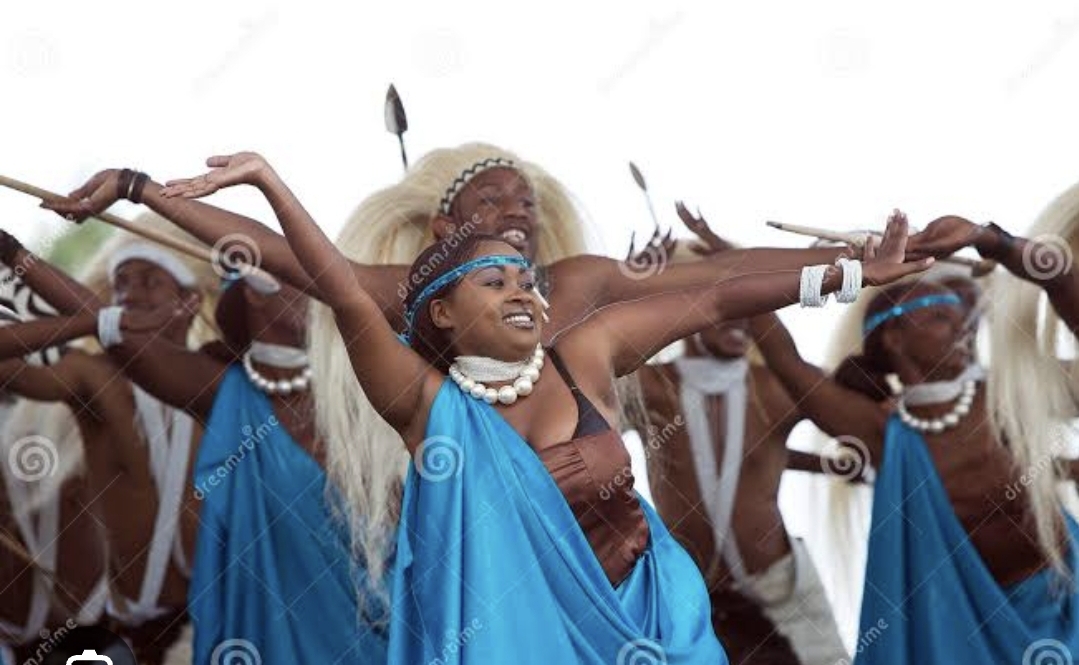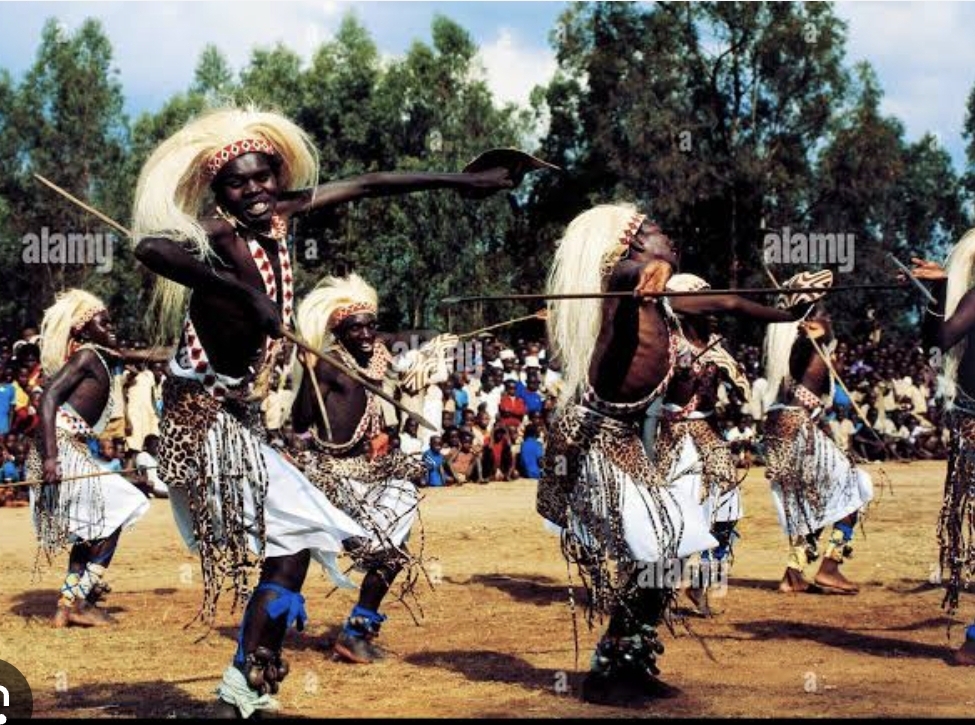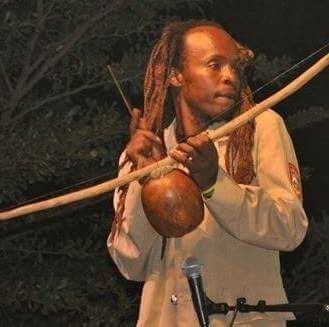


In the heart of East Africa lies Rwanda, a nation known for its breathtaking landscapes and rich cultural tapestry. Among its many traditions, the dance known as “Umushayayo” stands out as a vibrant expression of joy, community, and history. This documentary delves into the origins, significance, and evolution of Umushayayo, exploring how it continues to captivate audiences both within Rwanda and around the world.
Origins of Umushayayo
Umushayayo, often referred to as a dance of celebration, traces its roots back to the ancient Rwandan kingdom. Traditionally performed by young men and women, the dance was an essential part of social gatherings, marking significant events such as harvests, weddings, and community celebrations. The term “Umushayayo” itself is derived from the Kinyarwanda word “Gushayaya,” meaning to glide or move smoothly, reflecting the dance’s fluid and graceful movements.
This traditional dance embodies the Rwandan people’s connection to their land and heritage. Its origins are deeply intertwined with the agrarian lifestyle of Rwandan society, where communal labor and mutual support were paramount. The dance, characterized by its intricate footwork and synchronized movements, was a way for communities to come together, celebrate their hard work, and reinforce social bonds.
The Dance Movements and Costume
The hallmark of Umushayayo lies in its unique dance steps, which combine elegance with energetic rhythm. Dancers perform in pairs or groups, moving in circular patterns that symbolize unity and continuity. The fluidity of their movements, accentuated by the rhythmic drumming and melodic chants, creates a mesmerizing spectacle that captures the essence of Rwandan joy and vitality.
Costumes play a significant role in enhancing the visual appeal of Umushayayo. Female dancers typically wear flowing dresses adorned with colorful beads and intricate patterns, while male dancers don traditional attire that includes woven shirts and trousers. These costumes not only reflect the cultural heritage of Rwanda but also add to the dance’s vibrant and dynamic presentation.
Musical Accompaniment
Music is integral to Umushayayo, providing the rhythm and tempo that guide the dancers’ movements. Traditional instruments such as the “Inanga” (a type of zither), “Umuduri” (a musical bow), and various drums are central to the performance. The drumming, in particular, is crucial, as it sets the pace and intensity of the dance, while the melodic strains of the Inanga and Umuduri add layers of depth to the musical accompaniment.
Singers often accompany the dancers, chanting poetic verses that narrate stories of love, heroism, and the beauty of nature. These songs, passed down through generations, serve as a living archive of Rwandan folklore and history. The combination of music and dance creates an immersive experience that transports both performers and audiences into the heart of Rwandan culture.
Cultural Significance and Social Function
Beyond its aesthetic appeal, Umushayayo holds profound cultural significance. It serves as a medium for storytelling, preserving and transmitting the values, beliefs, and traditions of the Rwandan people. Through its performances, Umushayayo communicates messages of resilience, unity, and the celebration of life, echoing the collective spirit of Rwandan society.
Historically, Umushayayo also played a role in fostering social cohesion. During communal events, the dance provided a platform for young people to interact, form bonds, and express their identity. It was a space where social norms were reinforced, and community ties were strengthened, contributing to the overall stability and harmony of Rwandan society.
Evolution and Modern Revival
In recent decades, Rwanda has undergone significant social and political changes, impacting traditional practices like Umushayayo. The genocide of 1994 left a profound scar on the nation, disrupting many aspects of cultural life. However, in the years following the tragedy, there has been a concerted effort to revive and celebrate Rwandan cultural heritage.
Umushayayo has experienced a renaissance, with both rural and urban communities embracing the dance as a symbol of national pride and resilience. Cultural festivals, educational programs, and international tours have played a pivotal role in reintroducing Umushayayo to new audiences and ensuring its preservation for future generations.
Contemporary Rwandan artists and dance troupes have also adapted Umushayayo, blending traditional elements with modern influences to create innovative performances. This fusion has broadened the dance’s appeal, attracting a global audience and showcasing the dynamic and evolving nature of Rwandan culture.
Umushayayo in the Global Spotlight
Today, Umushayayo continues to captivate audiences worldwide. Rwandan dance troupes, such as the acclaimed “Ballet Rwanda,” have performed at international venues, bringing the vibrancy of Umushayayo to global stages. These performances not only entertain but also educate audiences about Rwanda’s rich cultural heritage and its journey of healing and renewal.
In addition to professional troupes, grassroots initiatives and cultural exchange programs have enabled local communities to share Umushayayo with the world. These efforts highlight the dance’s enduring significance as a bridge between Rwanda’s past and present, and as a beacon of hope and unity for the future.
Umushayayo is more than just a dance; it is a living expression of Rwandan identity, history, and resilience. Its graceful movements, rhythmic music, and rich cultural narratives offer a glimpse into the heart and soul of Rwanda. As it continues to evolve and inspire, Umushayayo stands as a testament to the enduring power of tradition and the indomitable spirit of the Rwandan people.
References and Resources
1. Mukarurangwa, A. (2017). “Traditional Rwandan Dance: A Reflection of Rwandan Culture and Society.”Journal of African Cultural Studies, 29(2), 121-137.
– This journal article explores various forms of traditional Rwandan dance, including Umushayayo, and discusses their role in Rwandan culture and society.
2. Kigali Genocide Memorial. (2020). “The Role of Cultural Heritage in Post-Genocide Rwanda.”
– This resource provides insights into how cultural practices, including traditional dances like Umushayayo, have been instrumental in Rwanda’s healing and cultural revival post-genocide.
3. Rwanda Development Board. (2022). “Rwandan Cultural Tourism: Celebrating Our Heritage.”
– The official site highlights various cultural tourism initiatives in Rwanda, including traditional dance performances and festivals.
4. “Inanga: The Traditional Music Instrument of Rwanda.” (2019).Rwanda Cultural Academy.
– This article provides detailed information about traditional Rwandan musical instruments used in dances like Umushayayo.
5. Niyonzima, J. (2015). “Dance and Music in Rwandan Traditional Ceremonies.”** *Cultural Anthropology Review, 8(1), 43-58.
– This review discusses the integration of dance and music in Rwandan traditional ceremonies, emphasizing the cultural and social functions of Umushayayo.
6. “Ballet Rwanda: Showcasing Rwandan Culture to the World.” (2023).Global Dance Perspectives.
– A contemporary look at how Ballet Rwanda and other dance troupes are bringing traditional Rwandan dances to international audiences.
7. Umushayayo Performance Documentation. Rwandan National Museum Archives.
– A collection of historical records and video footage of Umushayayo performances, available for researchers and the public interested in Rwandan cultural heritage.
